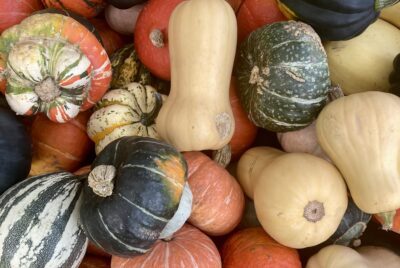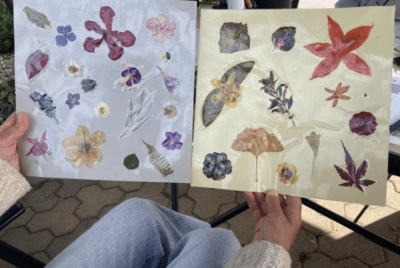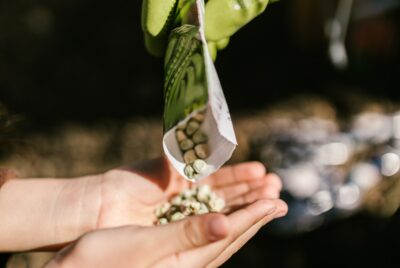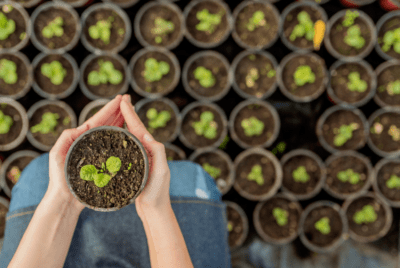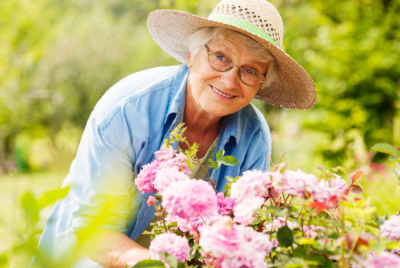RESEARCH
Therapeutic Garden Characteristics
Summary
Therapeutic gardens are increasingly being integrated into healthcare settings, employing specific physical designs and programming intended to enhance therapeutic benefits for patients, residents, clients, and even visitors and staff. Recognizing this trend, the American Horticultural Therapy Association (AHTA) developed “Therapeutic Garden Characteristics” in 1993, based on best practices and evidence-based design principles. This document, still considered a benchmark for horticultural therapy, landscape, and health practitioners, outlines current practices for designing these important spaces. The development of these characteristics was also informed by contributions from organizations like the American Society of Landscape Architects (ASLA).
Key characteristics defining these therapeutic gardens include the provision of scheduled and programmed activities, ideally guided by a horticultural therapy program, to encourage regular engagement and familiarize users with the space. Design features are modified to improve accessibility, making it easier for individuals to participate in activities and engage with plants through various senses at their own pace. The gardens feature well-defined perimeters to focus attention within, a profusion of plants facilitating people/plant interactions for restoration, education, therapy, and social exchanges, promoting four seasons of sensory stimulation. They also strive for benign and supportive conditions, providing a safe, secure, and comfortable setting, often avoiding hazardous chemicals and offering protection like shade. Furthermore, therapeutic gardens are designed with universal design principles in mind, aiming for the convenience and enjoyment of people with the widest range of conditions and abilities, stimulating a full range of senses. Finally, they employ recognizable placemaking strategies to create simple, unified, and easily comprehended spaces that enhance the garden’s unique identity and heighten the user’s focus on plant-related sensuality, comfort, and independence.


